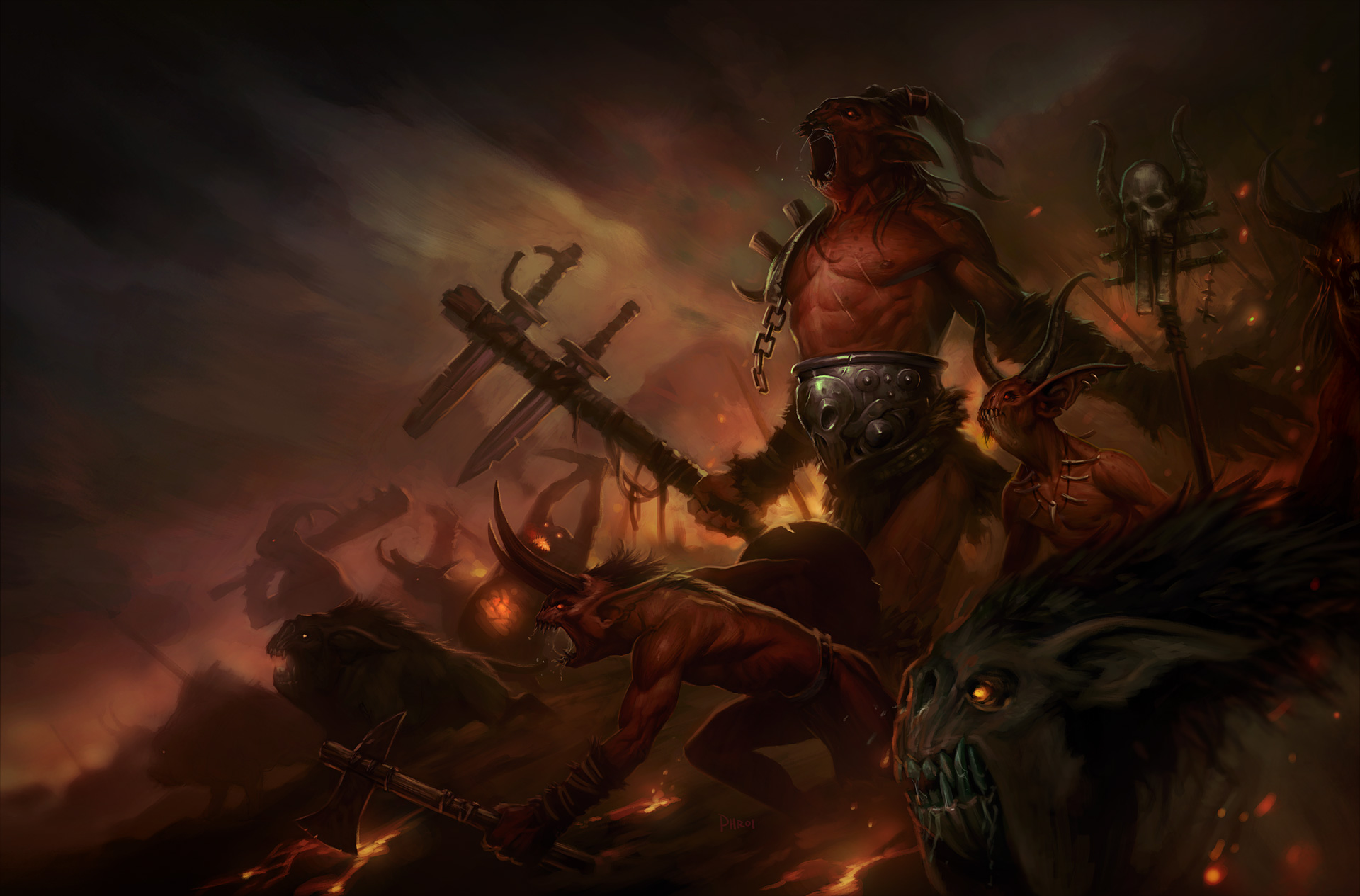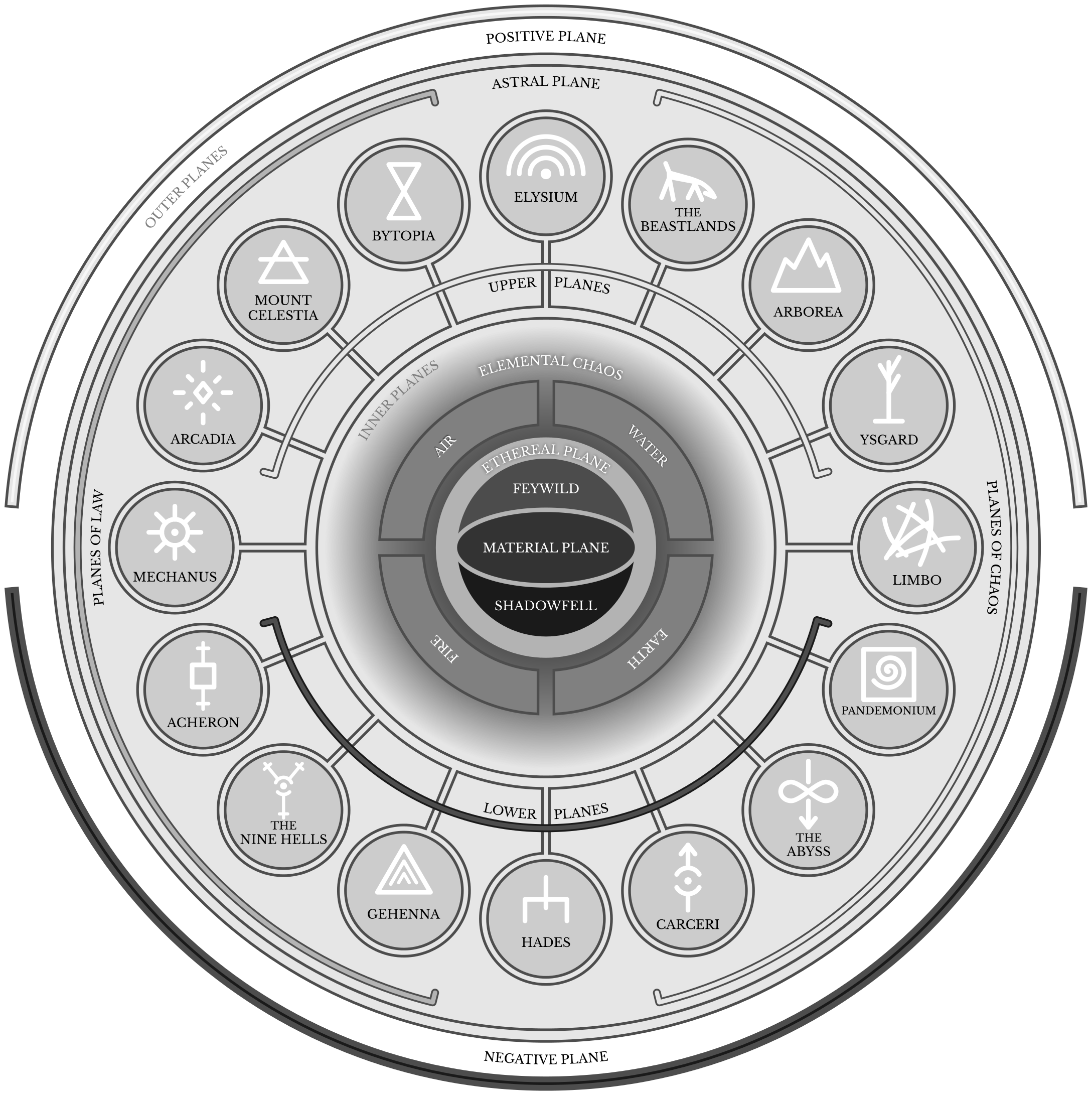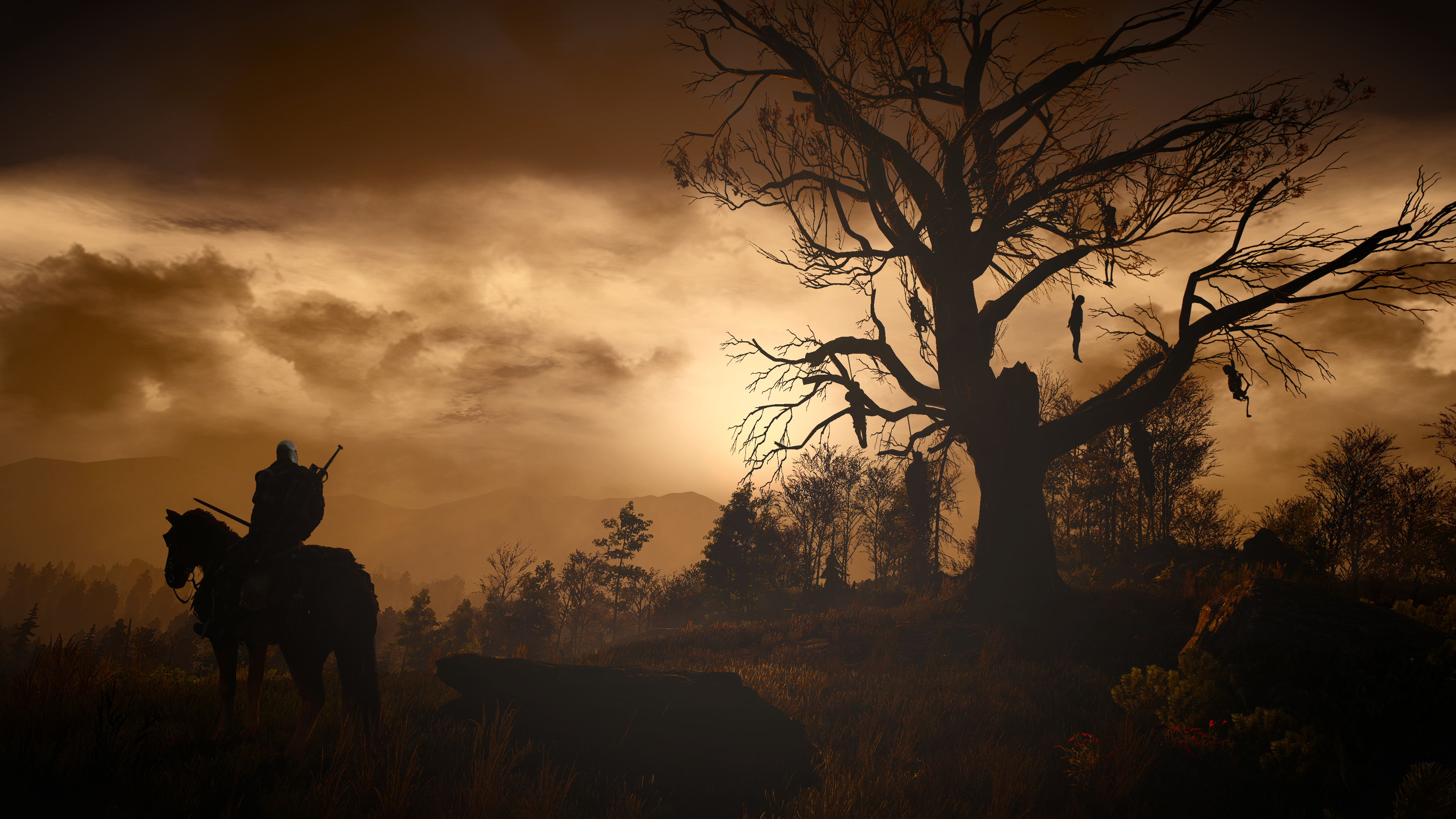Countless aeons ago, before the Time of Conflict and the Age of Heroes, there was equilibrium and harmony among the Gaean races. The elves lived in the woods and communed with animals, the dwarves mined the earth and worked their forges, and the humans built towns and plowed their fields. Magic was rare and weak, and only really mastered by the elves, who used it to further their connection to the forest and the fae creatures that lived deep within it.
The elves and dwarves were old, wise and experienced. They had mastered the arts and sciences long before humans first appeared on Gaea. Humans often referred to the elves and dwarves as the elders, because of their longevity and because they could turn to them for care and advice. It was a special kind of relationship, like that of a child with its parents. The dwarves were stern like a father, teaching the humans the truth of hard work and perseverance. While the elves were kind like a mother, nourishing the finer things in humans, like curiosity and poetry.
This situation changed when strange creatures started to appear that nobody had ever seen before. Dragons and manticores, werewolves and vampires, wyverns and giants. The worst of the creatures were the demons. The only thing that matched their cruelty was the incredible magic they commanded in battle and their ability to corrupt the hearts and minds of even the most righteous and steadfast.
They appeared gradually and over the course of several generations and upset the delicate balance between the elder races and the young humans. To their surprise, the elves found that with the coming of all these creatures their connection to the weave of magic had deepened as well. Their first instinct was to use that newfound knowledge to retreat deeper into their forests to protect themselves from the chaos. The dwarves learned how to infuse their ore and forges with magical power soon after. In turn, they used their new abilities to carve powerful runes and wards onto the gates of their mountain fortresses, closing them in horror.
The humans were far too young and too inexperienced to have the gift of magic within their grasp. Unable to defend themselves like the elder races could, the humans quickly found their towns and fields overrun by demons. When they turned towards their allies for help, they found the forests impenetrable and the mountain gates closed. They were turned away. The pain this rejection caused was such that it would permanently alter the way humans regarded the elder races.
For generations the humans suffered at the hands of the demons and magical creatures that ran roughshod throughout the lands. Their homes were burned, their fields were spoiled, their minds were corrupted, their flesh was lacerated and their children were taken. The horrors that were inflicted upon them while the elder races hid in their sanctuaries further deepened the rift.
Their short lives had taught humans to be ambitious and resourceful. So when the rising level of magic finally put it within their reach they started experimenting. Soon after they found themselves capable of harnessing magic enough to start fighting back. Sorcerers found increasingly intricate ways to harness more power from the weave and priests found that their prayers became ever more effective. All within the help from the elder races. It was the first achievement of the emancipated humans.
As soon as the humans started to achieve some minor success in their own defense, the elves took notice. They reprimand the humans for their recklessness, telling them that the humans did not have the wisdom to harness the power of the weave. They argued that exposure to the weave of magic would leave the humans vulnerable to corruption. The resurgence of magic went hand in hand with the coming of demons, after all.
The admonishment was the nail in the coffin of the trust humans once had in the elder races.
For generations the power of magic grew and so did the understanding of it among the different races. They came to discover magic was like the tides; it would roll in and out of Gaea. In times of high magic the fabric that separated the different planes of existence wore thin. Causing rifts or opening up portals between one plane and another became easier. In times of low magic, these rifts would heal and opening portals became much harder.
When powerful demons opened up rifts between to Gaea it caused ripples across all planes. Sometimes these ripples were strong enough to cause small fractures that allowed other creatures from other planes to pass through to Gaea as well. And how the demons reveled in the chaos they sowed.
With their growing understanding of the planes and its denizens, Gaean scholars also started to map the planes and make some startling discoveries. They found that some of the planes and its denizens stood in opposition to others.
The most notorious rivalry was that between the demons from the Abyss and the devils from the Nine Hells of Baator. They had been in conflict with one another in what they called the Blood War since before time began on Gaea. They had long since fought each other to a stalemate on all fronts and what they needed was a new battleground that could break the tie.
And so Gaea was used as a fresh battleground in the Blood War. The first things demons and devils would do when they came through to Gaea was corrupt and sacrifice anyone and anything they could find. The blood fueled their magic, the newly corrupted joined their demonic ranks, their power increased and the Gaean skies darkened.
The humans fought for their survival. Against the magical beasts, against the demons, and against each other as kingdoms, tribes and clans were corrupted to join one side or the other in the Blood War. Powerful artifacts were created, or recovered from fallen demon princes or Baatezu archdukes. Fortresses were erected whose walls were inscribed with powerful warding magics all in service of the survival of the human race.
For aeons the survival of the human race hung in the balance. But eventually the tide of magic rolled back out and magic once again subsided. The rifts in the fabric between the planes started to heal, closing off access to the other planes to all but the most powerful creatures. The humans slowly got the upper hand and most of the demons and devils that were left behind were slain. Inevitably, some of them went deep into hiding, subtly manipulating things in preparation for the next tide of magic to come rolling back in.
The elves reemerged from their forests and the dwarves opened their gates. They found a radically different landscape, with strange creatures inhabiting it. Humans were changed as well, no longer resembling the young race that they had turned their back on. The elder races had forfeited the upper hand, both morally as well as militarily. It would be a long time before magic would be at its peak again, before the races would once again be faced with such incredible evil. Hopefully, it would prove to be enough time to mend the rift between the humans and the elder races.


